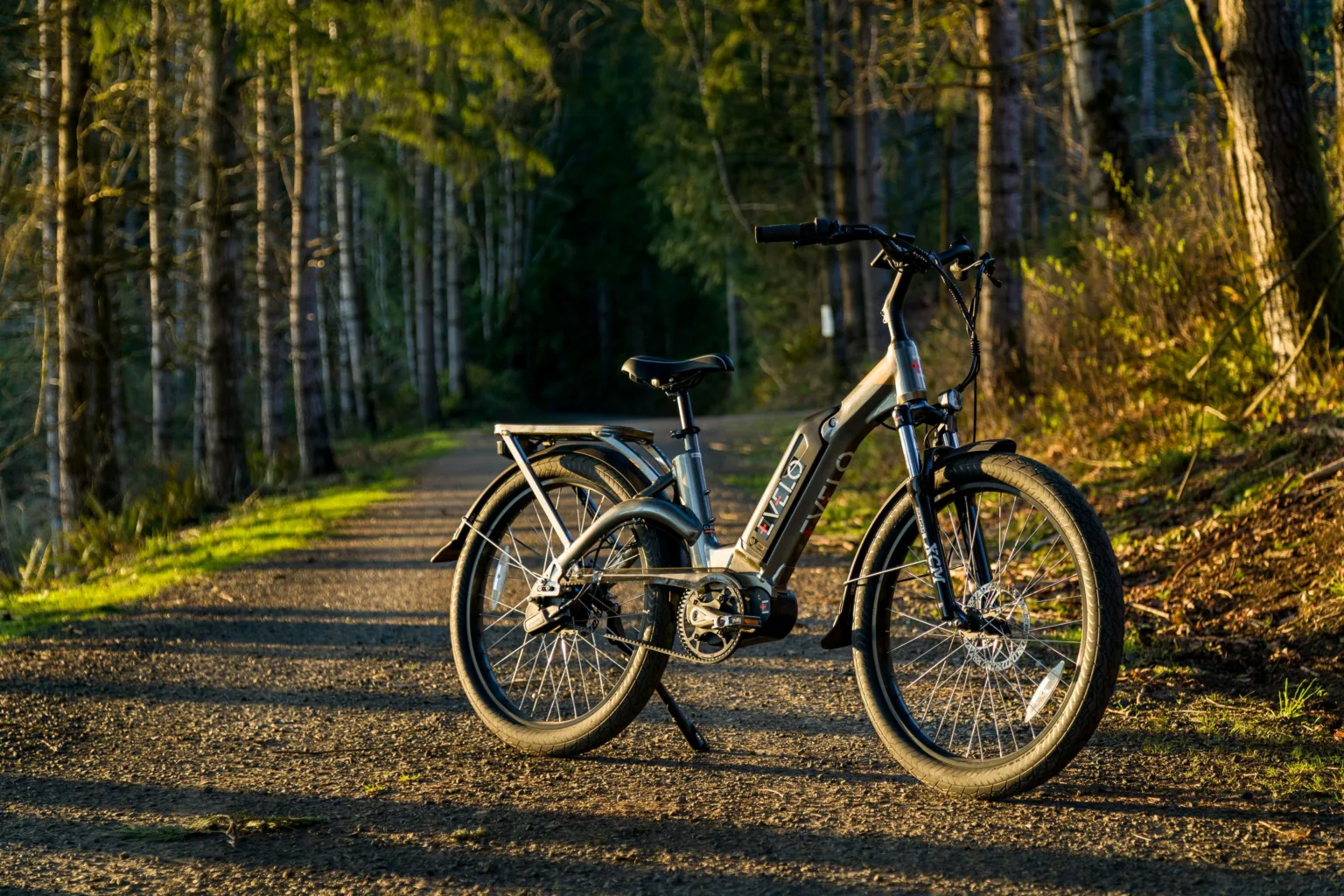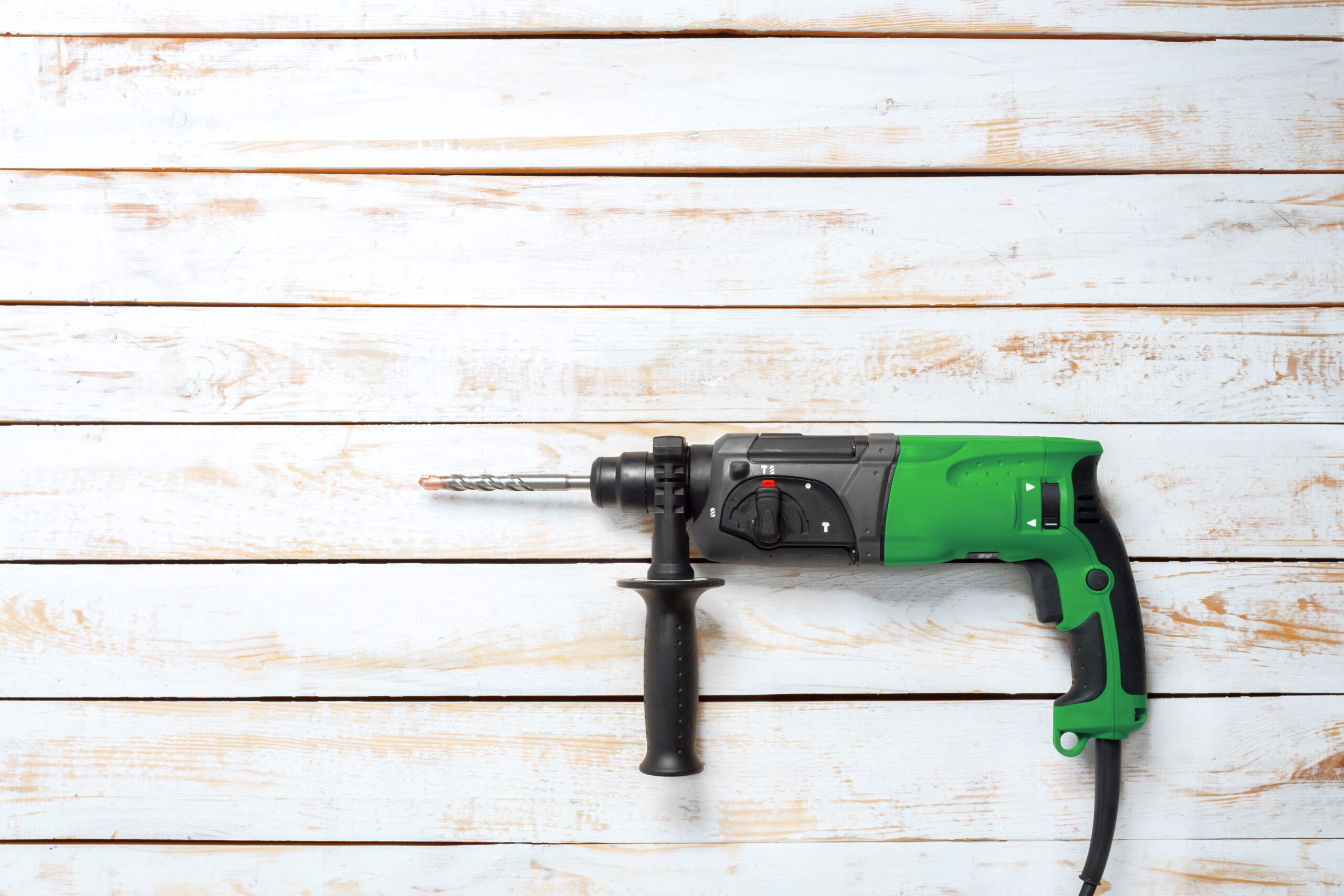Electric bikes continue to gain popularity for daily commuting, leisure and fitness.
Whether you’re trying to reduce your carbon footprint, enjoy a weekend ride, or improve your fitness, ebikes are a great choice.
This guide will cover everything you need to know before buying the perfect ebike for you.
So, let’s get started.
What is an Electric Bike or E-Bike?
Electric bikes or ebikes are similar to regular bicycles, but they provide electric assistance that makes it much easier to accelerate. This assistamce usually comes in the form of pedal assist, meaning that as you pedal manually the electric motor will add to your forward momentum. The motor is powered by a rechargeable battery which you can recharge in-between rides.
There are also throttle controlled electric bikes, which are more similar to traditional motorcycles. These can be propelled using a twistable throttle or a combination of throttle and pedal assistance. The downside here is that the regulations around throttle ebikes are more strict than pedal assistance bikes. Check our article 5 Best Throttle Electric Bikes if you want to learn more about these.
Whether you choose a pedal assist or throttle controlled bike, there’s plenty of reasons why eBikes can be a top choice over traditional bikes or other forms of transportation. Let’s look at some of those now.
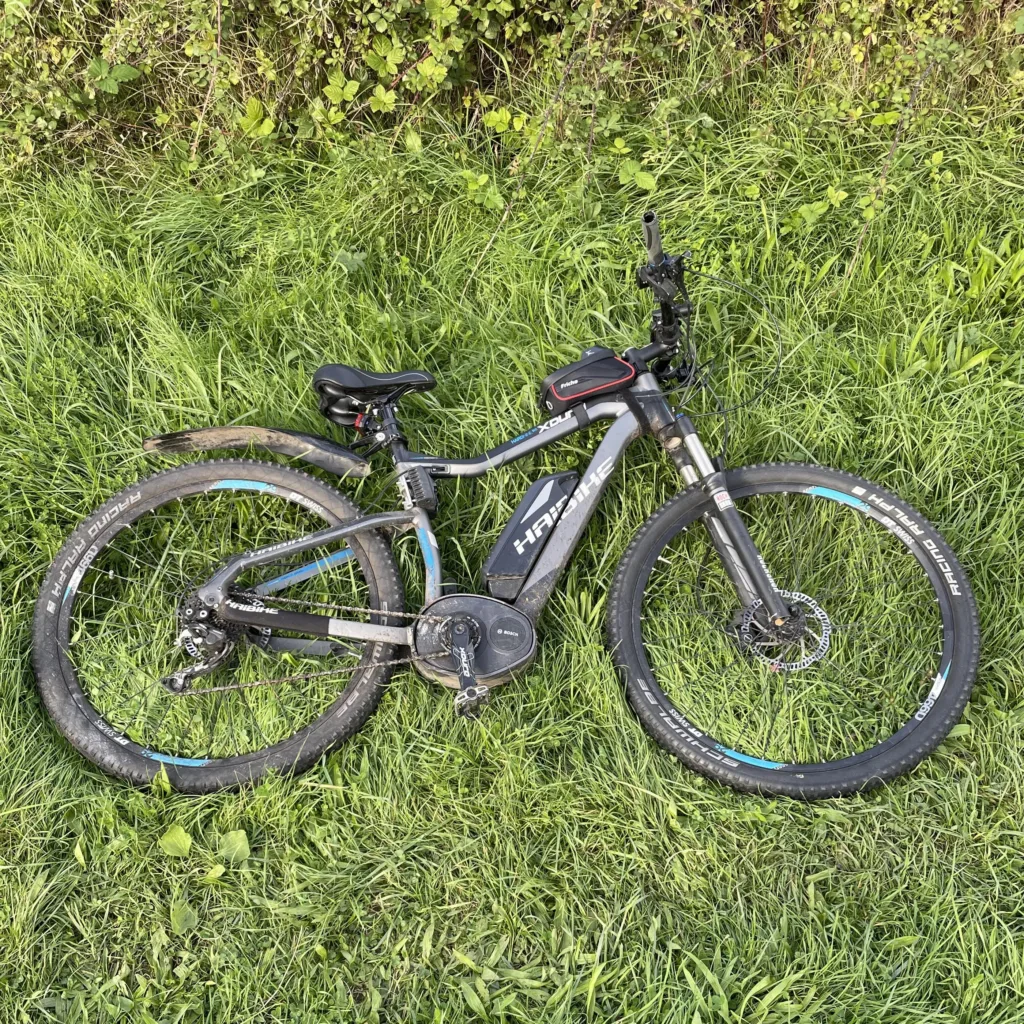
Why Choose an Electric Bike?
There’s a range of reasons why electric bikes are a great alternative to traditional bicycles or other modes or transport:
Ease Of Riding – Motor assistance makes tackling hills/long distances much easier than standard bikes
Faster Commutes – Ebikes allow for faster commuting through congested cities (sometimes even faster than cars that may get caught in traffic)
Environmental Benefits – Ebikes produce no emissions making them more eco-friendly than cars or public transport (check out our article How Energy Efficient Are Electric Bikes? for more info)
Cost Savings – Long terms savings on fuel, parking, and maintenance when compared to cars
Health & Fitness – Even though ebikes are motor assisted, they’re still great for low intensity exercise
There’s many reasons that electric bikes are a great way to get around. They’re faster and require less effort than traditional bikes, and they avoid the traffic and emissions associated with cars. However, before you look into buying one, it’s worth looking at the laws surrounding them – let’s look at that next.
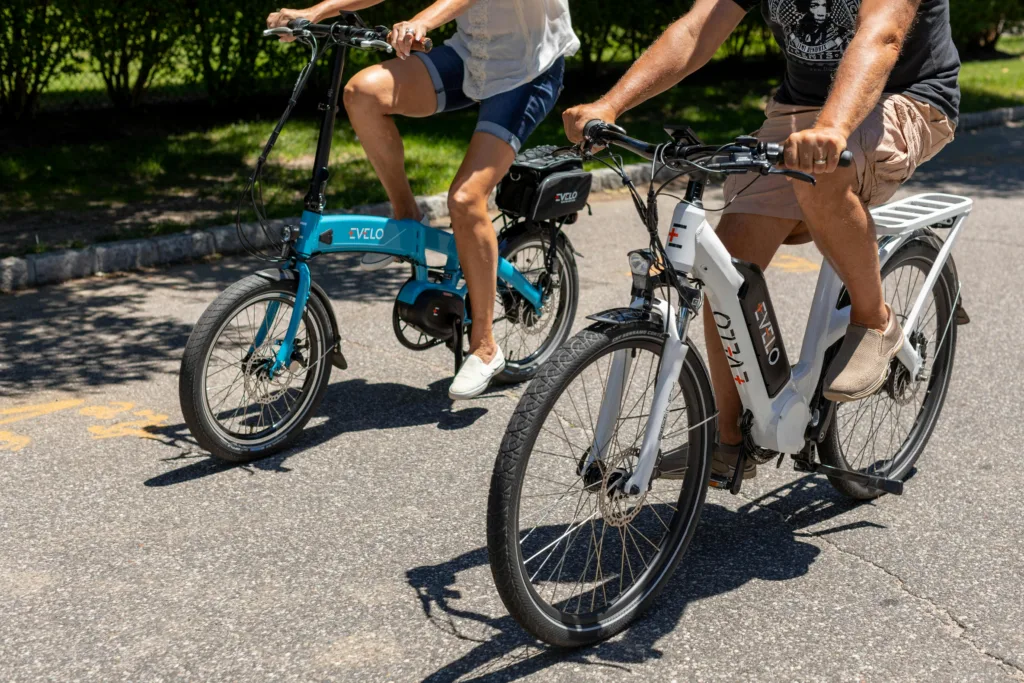
Know The Law: Are Electric Bikes Road Legal in the UK?
Let’s look at some of the laws surrounding electrically assisted pedal cycles (EAPCs).
Firstly, let’s define what counts as an EAPC. Firstly, the bike must have pedals that can propel it. It must also display either the power output or motor manufacturer, and display either the battery voltage or maximum speed. The motor itself must have a power out put of 250 watts or less and not be able to propel the bike beyond 15.5 mph.
There’s also some key considerations for riding an EAPC in the UK:
Age Requirement – Riders must be at least 14 years old to legally operate an EAPC
No Licensing Required – EAPCs are exempt from licensing, registration, tax, and insurance
Where You Can Ride – If a bike meets the EAPC requirements, you can ride it on cycle paths or roads as you would a normal bike
Vehicle Approval – If an electric bike doesn’t meet the EAPC requirements or it can be propelled without pedalling (e.g ‘twist and go’ models), it must have specific approval. This approval is represented by a plate with the approval number
Other Electric Bikes – Any electric bike that does not meet the EAPC requirements is considered as a moped or motorcycle. This means that it needs to follow the same rules as a normal motorcycle (e.g registration, insurance, a driver’s license etc.)
If you want to learn more about the laws surrounding electric bikes/EAPCs, check out our article Are Electric Bikes Road Legal In The UK? – we cover the topic in more detail than we have here.
What to Consider Before Buying an Electric Bike
The best electric bike for you will depend on your specific needs and preferences. Let’s look at some of the key considerations:
Motor Power and Battery Range – It’s important to consider the speed and difference you want to travel on a single charge. If you just want to have a leisurely ride of the weekends your requirements will be vastly different looking to commute on their bike daily
Weight and Portability – Weight and portability are always important, but if you plan on commuting to the office this is a critical factor. A lightweight or foldable bike may be the most practical (check out our article 5 Best Foldable Ebikes for more info)
Comfort and Frame Size – It’s important to make sure the bike fits your height and riding style. A frame that is too small/large or an uncomfortable seat can ruin your ride experience
Price – It’s important to set your budget and find the best options in your price range. This can be one of the most important factors in terms of the satisfaction you get from your purchase
As we’ve finished on price, let’s look at a couple of different budgets for purchasing your electric bike.
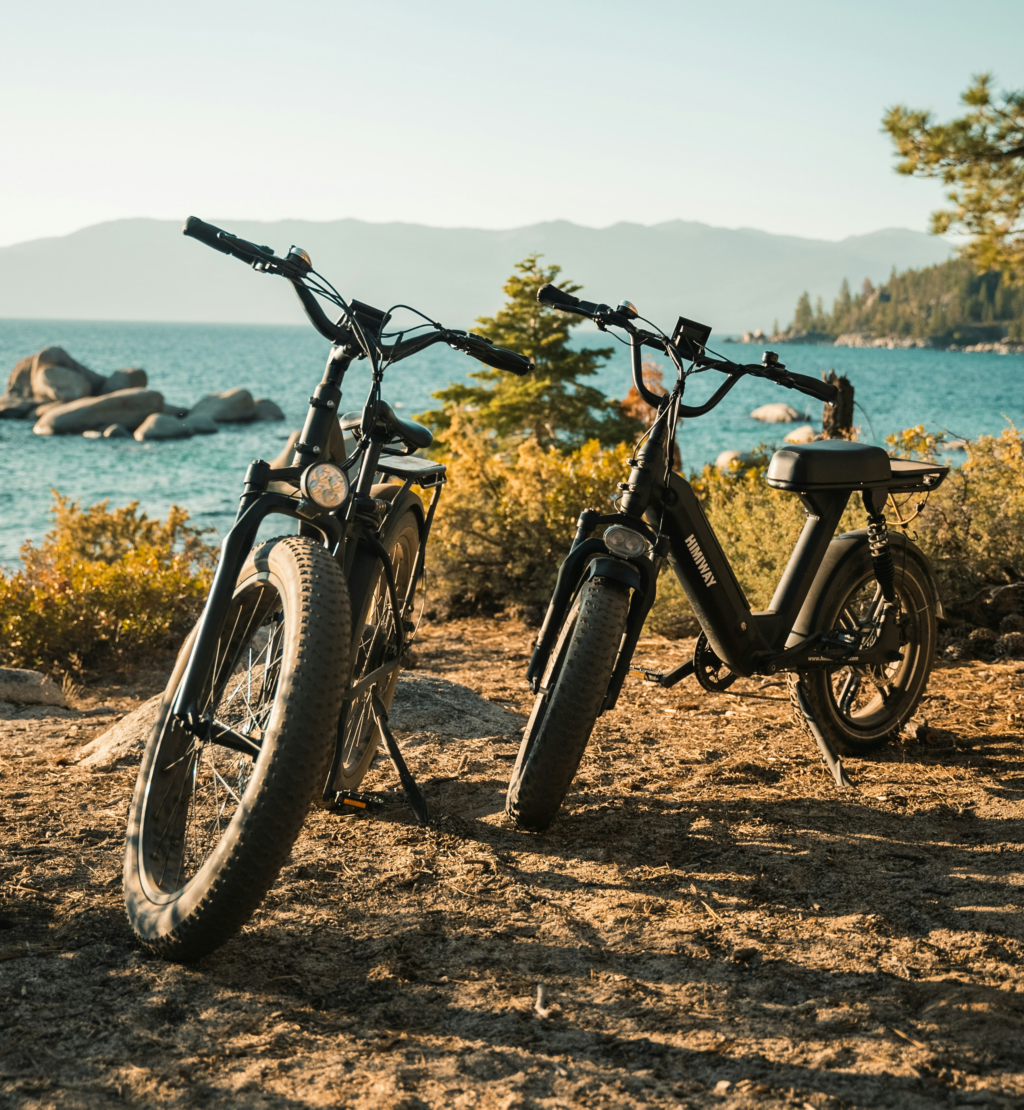
The Best Electric Bikes For Different Budgets
Your budget will be a key factor in determining what ebike is best for you. It’s important to get the best value for money no matter what you intend on spending. Let’s look at a couple of potential budgets below:
Under £500 – This price range is ideal for budget-conscious first time buyers who are looking to dip their feet in the world of ebikes. These models will have less power/range than more expensive offerings, but they can still be suitable for short commutes or weekend rides (check out our article Best Electric Bike Under £500 for more info)
Under £1000 – This price range is perfect for riders that at looking for a mid to high range bikes bike that offer impressive power/range with extra features like digital displays, custom riding modes and hydraulic disk breaks. The bikes in this price range are usually well-suited for regular riders, long distance commuting or off-roading (check out our article Best Electric Bikes Under £1000 for more info)
Over £1000 – Ebikes over £1000 are usually premium models with advanced features, high-quality materials and top-tier performance. These are best suited for electric bike enthusiasts who know that they will use their bike frequently and value high-end features
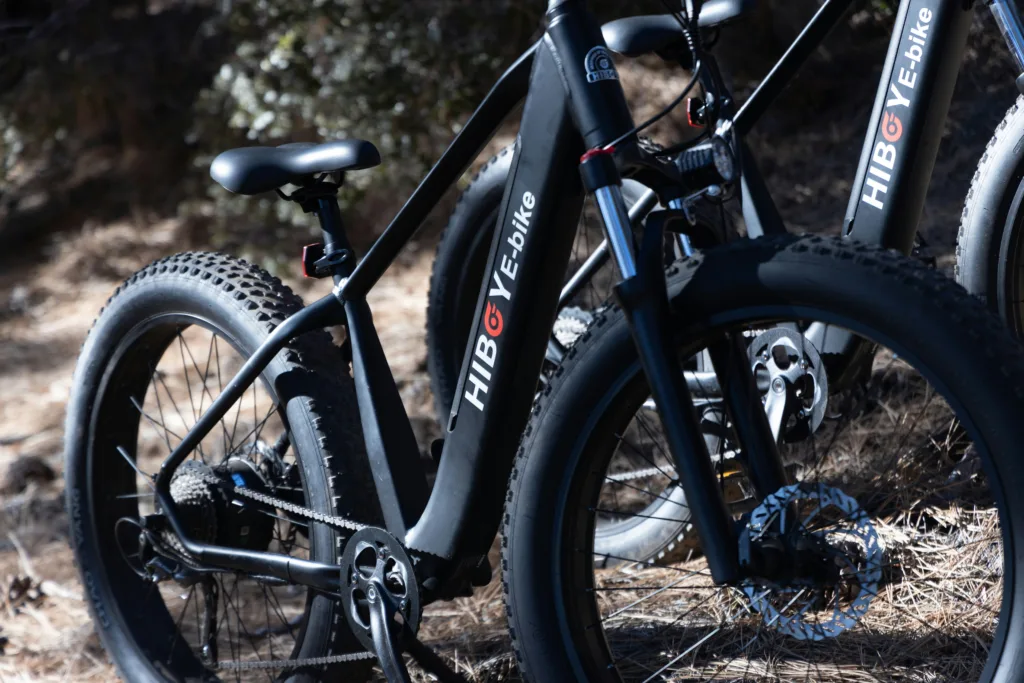
Maintenance and Care for Electric Bikes
Properly maintaining your ebike is essential – it keeps your bike at it’s best and can save you substantial repair or replacement costs. Let’s look at some of the key points to consider:
Battery Care – It’s always worth recharging your battery before it falls below 30-40% capacity in order to extend it’s lifespan. If you’re storing your battery after use, keep it in a cool dry place with an a charge level around 50-70%
Routine Maintenance – Regularly inspect key components like the motor/battery for any debris or wear, and if necessary clean gently without direct water. It’s also worth regularly cleaning and lubricating your chain to ensure it’s running properly
Pre-ride Safety Checks – Before riding, perform a quick chick of the breaks, tire pressure, and battery function to ensure that there’s no major issues. This is particularly important before long rides
Seasonal Care – In cold weather, keep your battery warm and clean your bike after any exposure to snow/salt. For longer term storage, make sure that you keep your battery partially charged
Professional Services – It’s worth getting your bike professionally serviced annually to maintain performance and prevent any major issues in the long term
Conclusion
Electric bikes offer versatile and eco-friendly travel whether you’re commuting, exercising, or enjoying a leisurely weekend ride. With the right bike you can enjoy faster city commutes, reduce your carbon footprint, and enjoy the ease of motor-assisted cycling. By understanding the legal requirements, considering the key features, and keeping on top of regular maintenance, you can create the ideal ebike experience with ease. With the wide range of models for all different budgets and requirements, there’s a perfect electric bike out there for everyone.
FAQs
Class 1 eBikes
Class 1 electric bikes provide pedal-assist only, with motor assistance up to speeds of 20 mph
Class 2 eBikes
Class 2 eBikes feature both pedal-assist and throttle modes, with the motor assisting up to 20 mph
Class 3 eBikes
Class 3 eBikes offer pedal-assist only but can assist at speeds up to 28 mph
For more information, check out our article Are Electric Bikes Road Legal In The UK?
It’s always worth charging your battery if it falls below 30 to 40%. If you started your ride at 100% charge and didn’t ride for long, it’s fine to wait for the battery to deplete further before recharging.
If you have a throttle controlled electric bike, you may be able to go uphill without pedalling. The downside here is that throttle bikes have to follow much stricter guidelines than more common pedal assist bikes. In the case of pedal assist bikes, you cannot go uphill without pedalling.
Thank you for reading our beginner’s guide to electric bikes.
If you want more information, check out our other articles on Electric Bikes and Scooters.
Feel free to leave a comment below if you have any thoughts or queries that you’d like us to take a look at – we’d be happy to help.

